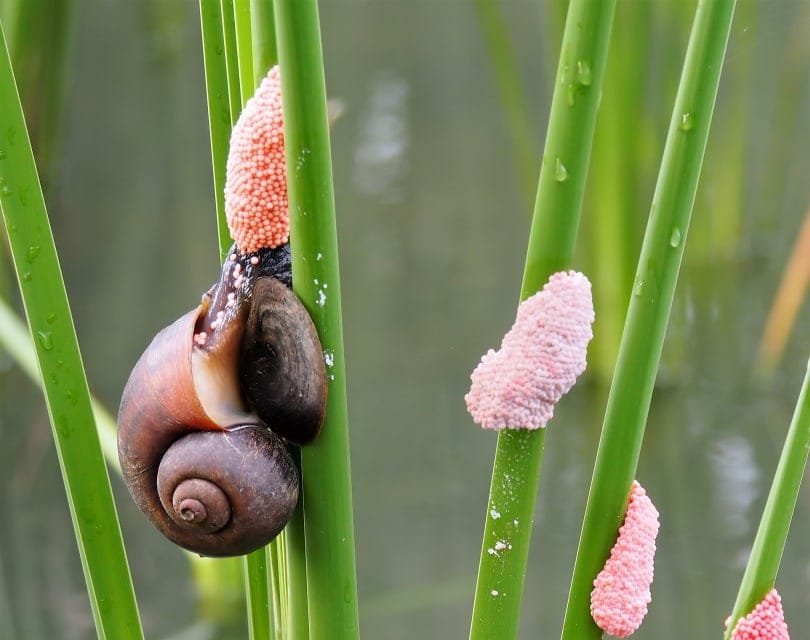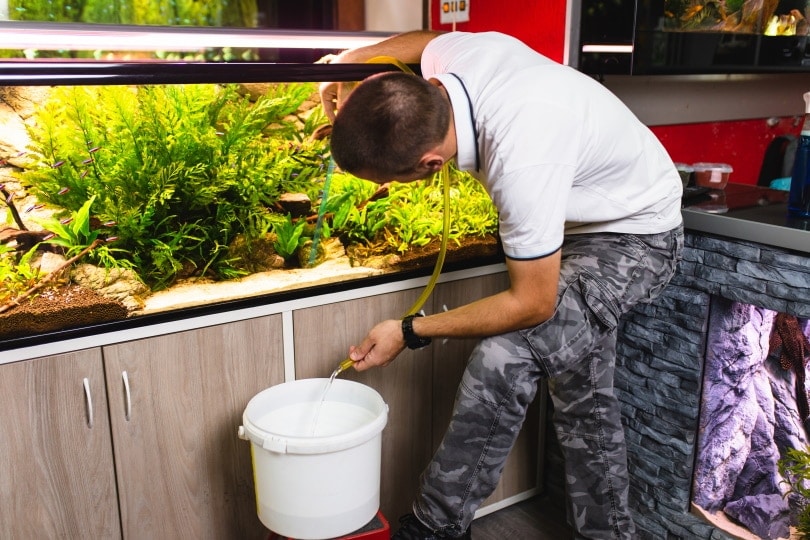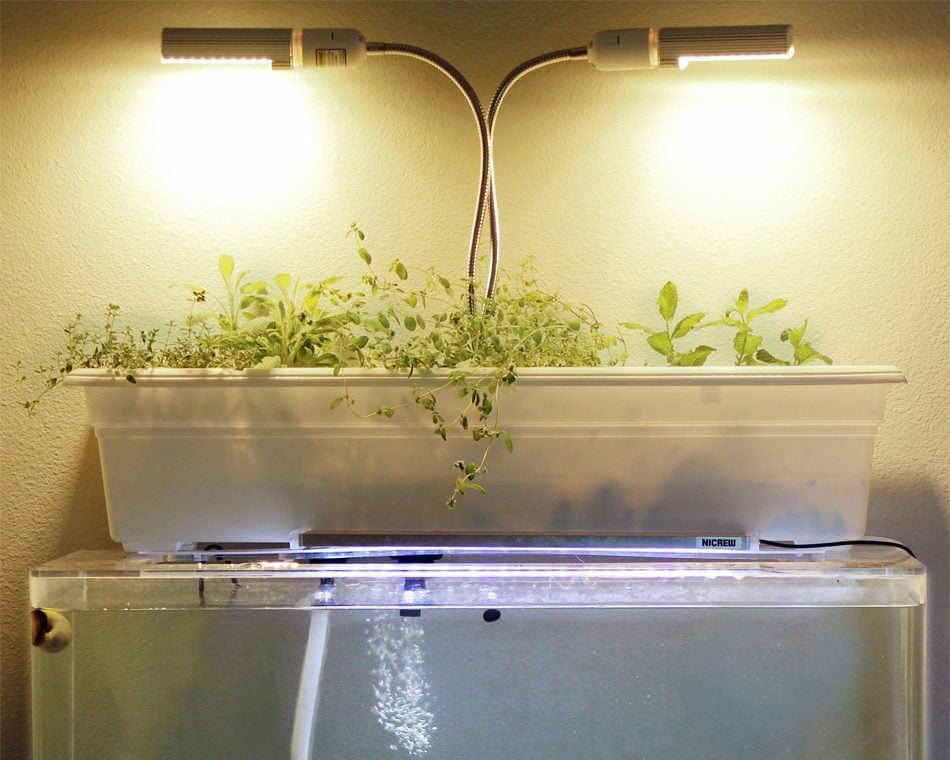How Do Snails Reproduce? Facts & FAQ

Updated on

Snails can be useful in an aquarium, but not when there are dozens of them. How did they all get there? Well, let’s answer this question and talk about how do snails reproduce. Knowing how they reproduce will shed some light on your snail population problem no doubt. Most snails can actually reproduce and multiply by themselves.
Snails can be cool, but sometimes they can appear in aquariums when you don’t want them to. Sure, you may have added one or two of them to clean the tank and keep your fish some company, but now you’ve got dozens of them. This can of course be a problem for any aquarium, because after all, nobody wants their pet fish to be severely outnumbered by these little buggers. If you do have a snail problem and need help, then this post covers how to get rid of them.
Snail Reproduction – Hermaphrodites
There are a few different snail species that are regularly found in aquariums. These include apple, mushroom, pond, and trumpet snails, among many others. The interesting part about these creatures is that they are actually hermaphrodites. This means that snails are both male and female at the same time, or at least the majority of them are. Yes, there are some snail species where there are males and females, but the overwhelming majority of snails have both sexes.
What this means is that most snails can actually reproduce and multiple by themselves. Many of the snails you have in your aquarium carry both the eggs and the sperm with them, thus allowing them to lay eggs and fertilize them all on their own. So, if you were wondering how the one snail you added into the aquarium turned into 10, it is because it usually only takes one of them to reproduce.

Snail Reproduction – Single Gender
There are some snails that only have one gender and therefore require both a female and male snail to lay and fertilize the eggs. Female and male snails use their sense of smell to find each other, at which point they begin an intense mating ritual that consists of a series of movements and postures.
This ritual can last anywhere from 2 to 12 hours and most often results in copulation. The male will use his penis to transfer the sperm to the female’s eggs, thus fertilizing them. The eggs will then grow inside of her and she will lay them after about two weeks. Simply put, other than requiring a male and female instead of one hermaphrodite snail. Everything else is virtually the same.
Laying The Eggs
Of course, just like with many other creatures out there, a snail needs to be sexually mature in order to produce eggs, lay them, and fertilize them. A snail usually reaches sexual maturity at around 1 year of age. At this time, a snail will begin to produce eggs which it will lay at constant intervals. This is however quite differential depending on the species of snail. Some will reach sexual maturity as early as 6 weeks old, and some it can take up to 5 years before they are mature.

How Do Freshwater Snails Lay Eggs
In case you were wondering ‘How do snails lay eggs’, the snail has an opening called the genital pore, which is near the end of the body at the head. This is where the eggs come out. A normal freshwater snail found in aquariums will usually fertilize her own eggs and them lay them about 14 days after fertilization. Once the eggs are laid they kind of look like little blobs of semi-translucent jelly and will either float to the top of the tank or attach themselves to the side of your tank.
It takes anywhere from 2 to 5 weeks for these eggs to hatch after they have been laid. If you notice that the eggs have not hatched after 5 weeks or more, the clutch (which is what the group of eggs is called) is most likely infertile and will never hatch.
How Many Babies Can A Snail Have?
Each clutch will usually produce between 20 and 50 snail babies. Immediately after hatching they will begin feeding and behaving like a fully grown snail. They often eat their own shells in order to boost their calcium supply. Caring for these things (if you want to keep them) is generally quite easy. They will feed off the algae in your tank, but they also like foods containing shrimp, so if you wish to feed them, small fish pellets with shrimp in them is the way to go.
Keep in mind, if you actually want to keep the baby snails the pH in the water needs to be at 7 or slightly above, plus ammonia levels should be at an absolute minimum. If you want to get rid of them, fear not because many fish will eat the baby snails, or you can always suck them out with a turkey baster too.
Final Thoughts
The best thing for you to do if you don’t want a snail population problem is to get a species that requires both a male and female snail. This will greatly reduce the chances of any eggs being laid, especially if you only have one.
Featured Image Credit: Stanislavskyi, Shutterstock











